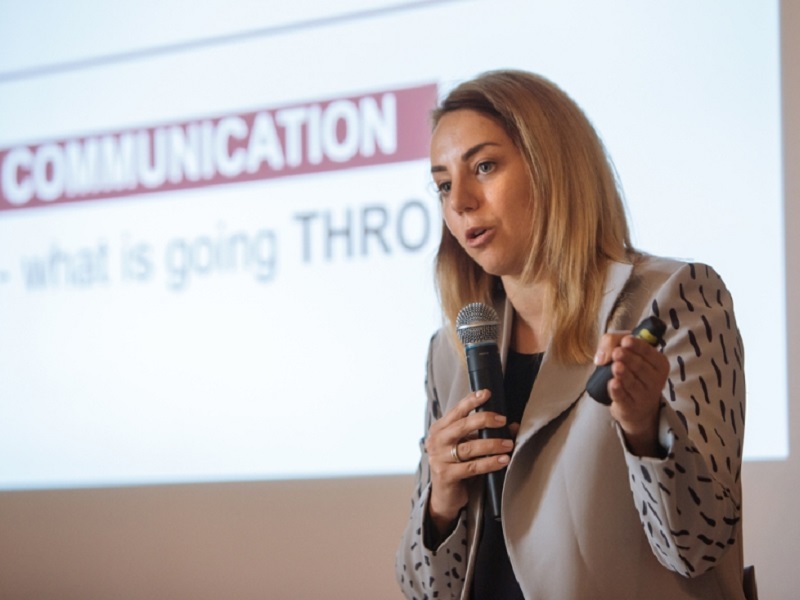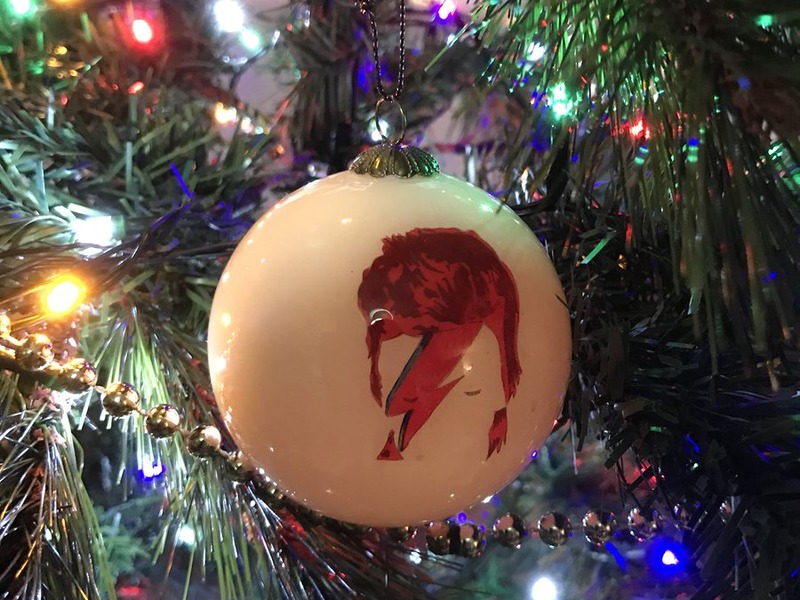
Office or freelance: tips where work is more creative
Tips for freelancers
Communication specialist Iryna Titarenko has only one advantage of working in an office. This is a team, because it gives a possibility to discuss ideas with colleagues immediately. Iryna does not see any disadvantages in freelancing:
– The best ideas for the best campaigns or trainings were born only in comfortable conditions. That’s why comfortable environment is very important to me. Noise or conversations, even the smell or temperature of the air influence - and I immediately get distracted.
The specialist says that in the office she cannot be creative at all:
– Definitely not! But this is for me personally. There are people who need to be disciplined. Most likely, the office work system will help them. I am good at time management, so the office is contraindicated to me.
The main thing is to surround yourself with things that help you concentrate and relax completely. For everybody they are different.
– I know a web designer who can work in any conditions, he needs only the table. Another friend can only draw outside, no matter how the weather is like, – Iryna says.
If there is something that helps and inspires you - use it. Maybe you can even bring the sea to the office?
Designer Olena Padolko used to work in an office, but now she is freelancing. She likes it, but she says that the office is sometimes useful, because of a team.
– I used to regularly check various resources to keep up with the trends in design. Everyone did the same at the office. Thus, the exchange process was faster. Also in the office we learned from each other. It's like having a party, having fun together, - says Olena.
Another problem of freelancing, which may hide creativity, is that you get new ideas mostly from yourself, - the designer says.
Creative environment – is in the details
– On my walls, for example, there were posters. We made pixel art on one wall with stickers. We painted something, made a deer out of the box and tubes. As a result, you will accumulate around yourself every little things, cards, candy wrappers, which push on ideas. We had a scooter, which we rode around the office, if needed to think. I still buy Kinder surprise, - Elena shares her experience.
If you love your job and do not consider freelancing a waste of time, you can do it everywhere.
– I know that perfectly well. You can draw even in the train, – says the designer.
Tips for office workers
But freelancing is not always possible. That’s why, some brands create the most favorable conditions for a creative environment. For example, The Guardian writes that the work model of Google’s employees is very popular:
"The brand is as famous for its staff perks – pool tables and bowling alleys, free food and gym membership – as it is for its technology, and the company even employs a chief happiness officer whose sole job is to keep employees happy and maintain productivity."
Mark Rhodes, director of marketing at recruitment firm Reed, says:
– All employers gain a lot by promoting creativity at work. The most successful businesses are those that engender creative thinking and develop environments where everyone generates ideas, has a voice, asks questions and challenges the norm.
Trainer and PhD candidate of positive organizational psychology, Jeff Fajans, identifies several important components that encourage creativity in the work environment:
Challenge & Involvement. The perception that jobs and tasks are challenging, complex, and interesting - yet not overwhelming - is a crucial component of the creative work environment.
Freedom & Autonomy. The perception that employees have the freedom to perform their work in the way in which it seems most appropriate for themselves is also a key component of the creative work environment.
Risk-taking. The belief that uncertainty and ambiguity is tolerated and that the organization is actually willing to take risks is highly associated with creative performance and innovation.
Trust & Openness. To make employees feel comfortable enough to say “I don't know” or express unusual ideas, there must be a very high level of trust and openness among colleagues and teams.
How to increase creativity in the workplace? Tips from TM Staff
- In-person communication and interactions.
In some office setups it would be possible for coworkers even in the same department to go all day without talking to each other. This kind of atmosphere is directly in opposition to fostering a creative environment for a few reasons. Mood impacts creativity.
- Structure your brainstorming.
One problem with traditional brainstorming is that not all ideas are given equal opportunity. Ideas presented at the beginning of meetings tend to receive more attention, whether they deserve it or not.Give time.
Even before you ask your team for their ideas, make sure you give them ample time to research. Spend a good amount of time simply absorbing information without stopping to create anything just yet. Because innovation is based on knowledge, the more knowledge you have, the more powerful your ideas will be. This includes using experiences as knowledge – exposure to new things puts more ideas into your subconscious, giving you more from which to draw inspiration.
- Place restrictions on your team.
This might sound counter-intuitive, but it’s not. New restrictions can force people to think about things differently. For example, Theodore Geisel wrote one of his most famous works on a bet that he could write a book with 50 words or less.
- Think from a new viewpoint.
Creative people must be able to see things from different perspectives. If your team is feeling stumped, engage in a little role-play. Have them think not as people creating, but as those consuming. This will force him or her to wonder.




